This aircraft is specially designed for Artificial Intelligence (AI) to simulate air traffic, it is also a playable aircraft, you can enjoy air collisions or target practice.

About the Aircraft:
The Tecnam P2006T is an Italian high-winged twin-engined all-metal light aircraft, built by Costruzioni Aeronautiche Tecnam based in Capua, Italy, near Naples. The P2006T received airworthiness certification in the European Union by EASA under CS23 in 2003, type certification in 2009, and Federal Aviation Administration FAR Part 23 certification in 2010.

The P2006T is the lightest twin-engined certified aircraft available. It is a four-seat aircraft with fully retractable landing gear and powered by liquid-cooled Rotax engines that can run on 92 octane unleaded automotive gasoline as well as Avgas 100LL.
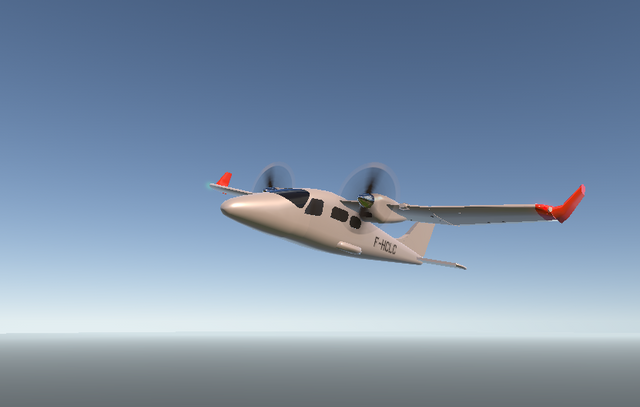
The P2006T is a twin-engined four-seat cantilever high-wing monoplane with a retractable tricycle landing gear. Its stabilator is attached to the fuselage, mostly aft of the vertical fin (the stabilator is a single unit with a cutout in its leading edge where it mounts to the tailcone). The nosewheel of the tricycle landing gear retracts into the nose cone; the trailing-link main units retract into stubs which extend from the lower fuselage. The fuselage section is a slightly rounded rectangle, higher than it is wide. A door on each side of the fuselage provides access to the seating area; in addition an escape hatch is provided above the two forward seats, to be used if fuselage deformation in a crash prevents those doors from being operable.
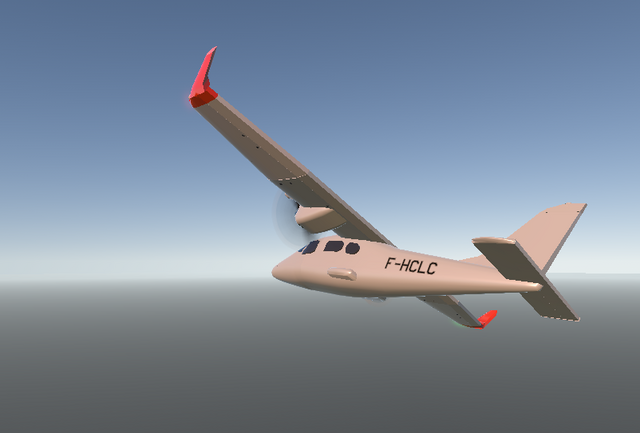
The Rotax engine cylinder heads are liquid-cooled; there are cooling vanes on the cylinder barrels. Thus both cooling airflow through the nacelle, and a cooling radiator, are required in each cowl. The electric starters, used to start the engines on the ground, must also be used for an inflight restart, since the highly geared engines cannot be turned by airflow past the stopped propeller. Thus, for FAA certification, the company was required to add a backup battery in addition to the standard battery. The pilot's power quadrant contains three controls for each engine: throttle, propeller rpm, and carburetor heat. The engines have automatic mixture adjustment, so there is no mixture control required on the panel.
The linkage between the flight controls and the flight surfaces is provided by pushrod, rather than the more common use of cables and pulleys.
Source: 'Wikipedia'
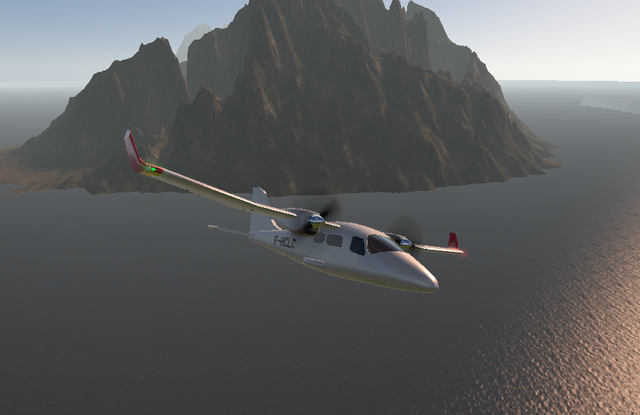
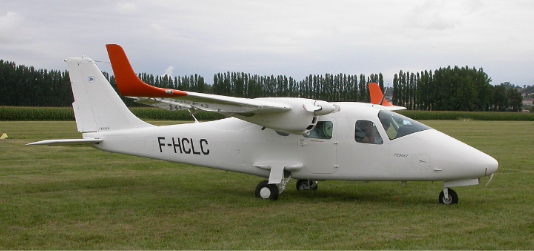
Real Photo, Credit: Wikipedia
Thank you for your attention, Enjoy it!
Specifications
General Characteristics
- Successors 1 airplane(s)
- Created On Android
- Wingspan 48.4ft (14.7m)
- Length 36.0ft (11.0m)
- Height 11.9ft (3.6m)
- Empty Weight 4,534lbs (2,056kg)
- Loaded Weight 6,818lbs (3,092kg)
Performance
- Horse Power/Weight Ratio 0.089
- Wing Loading 19.4lbs/ft2 (94.8kg/m2)
- Wing Area 351.2ft2 (32.6m2)
- Drag Points 2281
Parts
- Number of Parts 96
- Control Surfaces 5
- Performance Cost 556





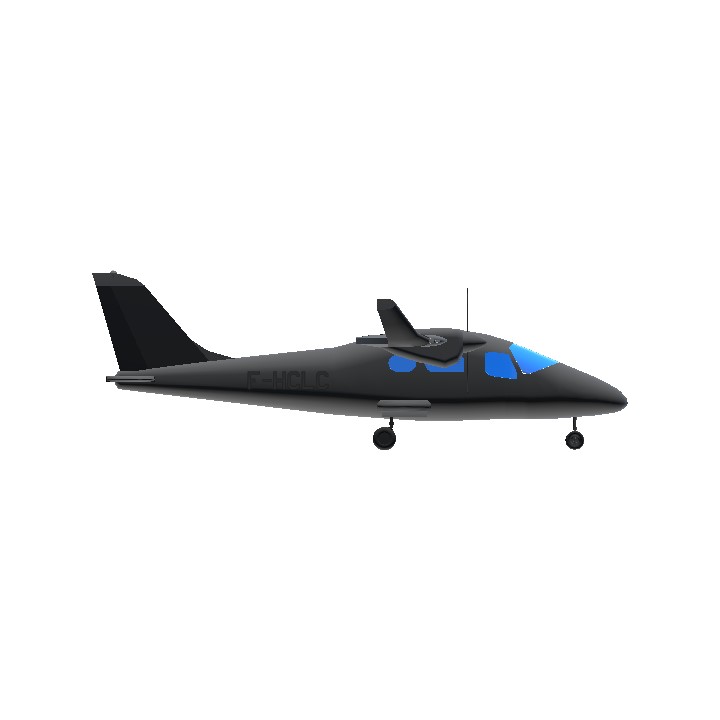
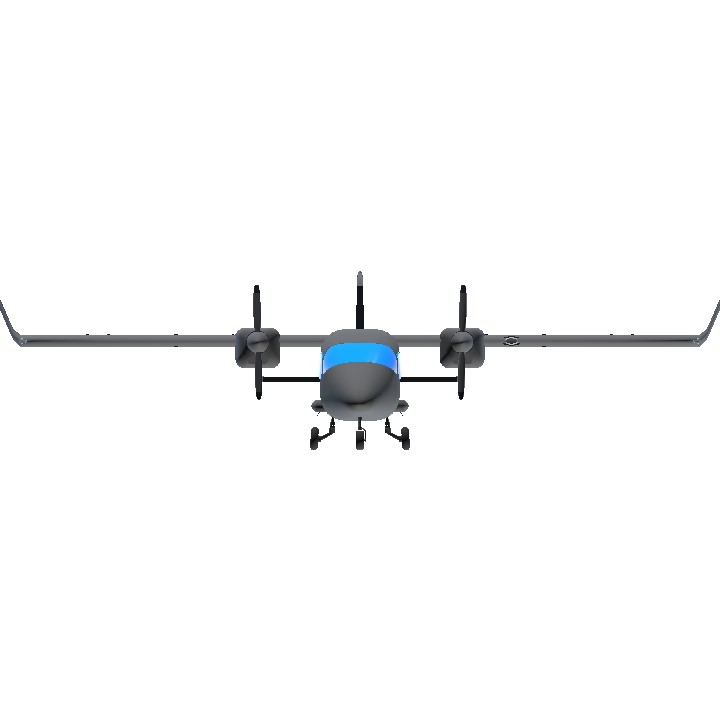
@Montmorillonite I will help you
@FirstFish83828 I'm sorry, I didn't mean to spam, I just made posts under a couple of works, I hoped that they would notice, I really just want to know the solution to the problem
@FirstFish83828 Got it, okay :)
@Montmorillonite It is against the website rules (it’s spam)
@MAPA he was been spamming the same comment everywhere
Edit: it seems some were removed
@MAPA Oh no sorry. I meant the guy below my comment but forgot to tag him. I love your planes I would never say that.
@FirstFish83828 I don't understand, do you want me to stop posting my planes?
@Montmorillonite Bro stop, we get it.
guys i made a big plane and my pylons are swinging i cant figure out how to fix it
@Gabriel747 ok
@MAPA quero te falar uma coisa mais vai ser num chat privado
@MAPA legal
@Gabriel747 foi até fácil de fazer, graças a experiência que eu adquiri fazendo a família cessna com asas personalizadas
O designer da tecnam é meio doido por que nunca vi algo parecido